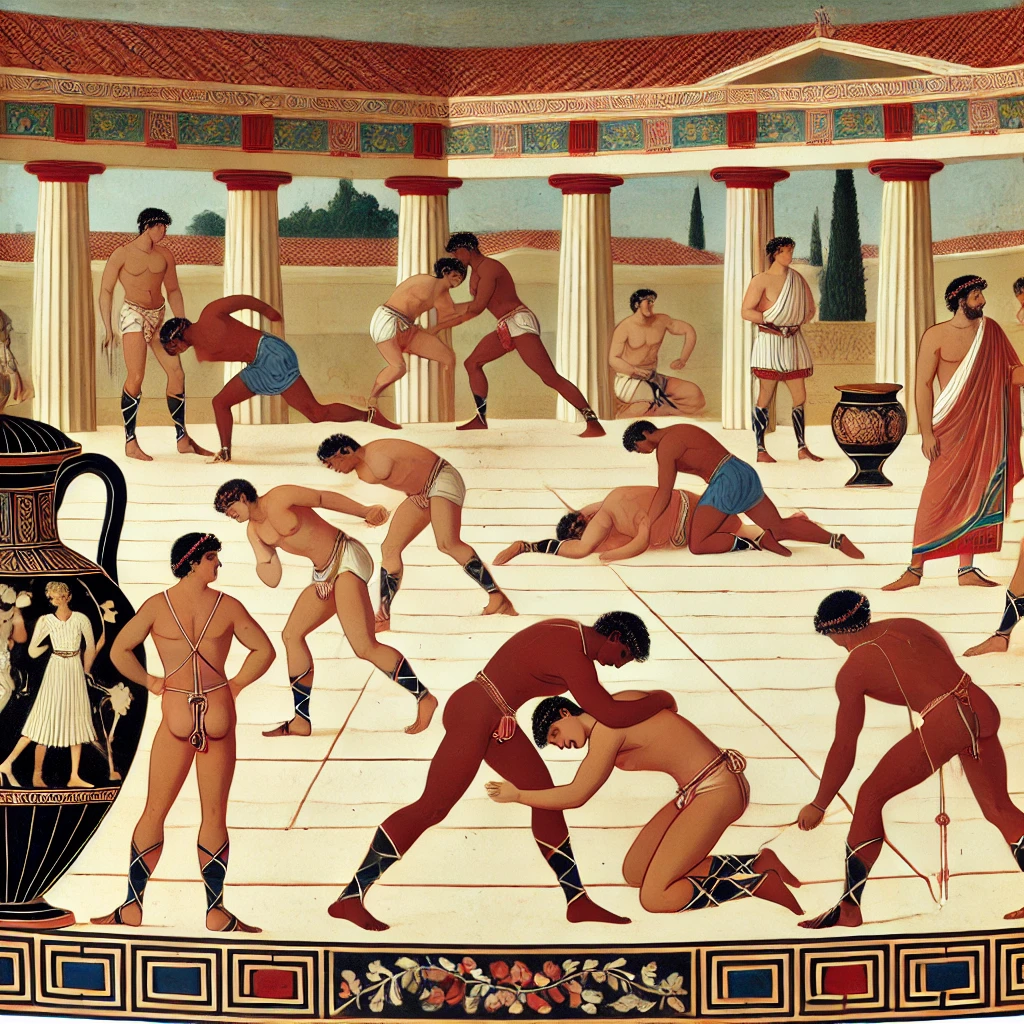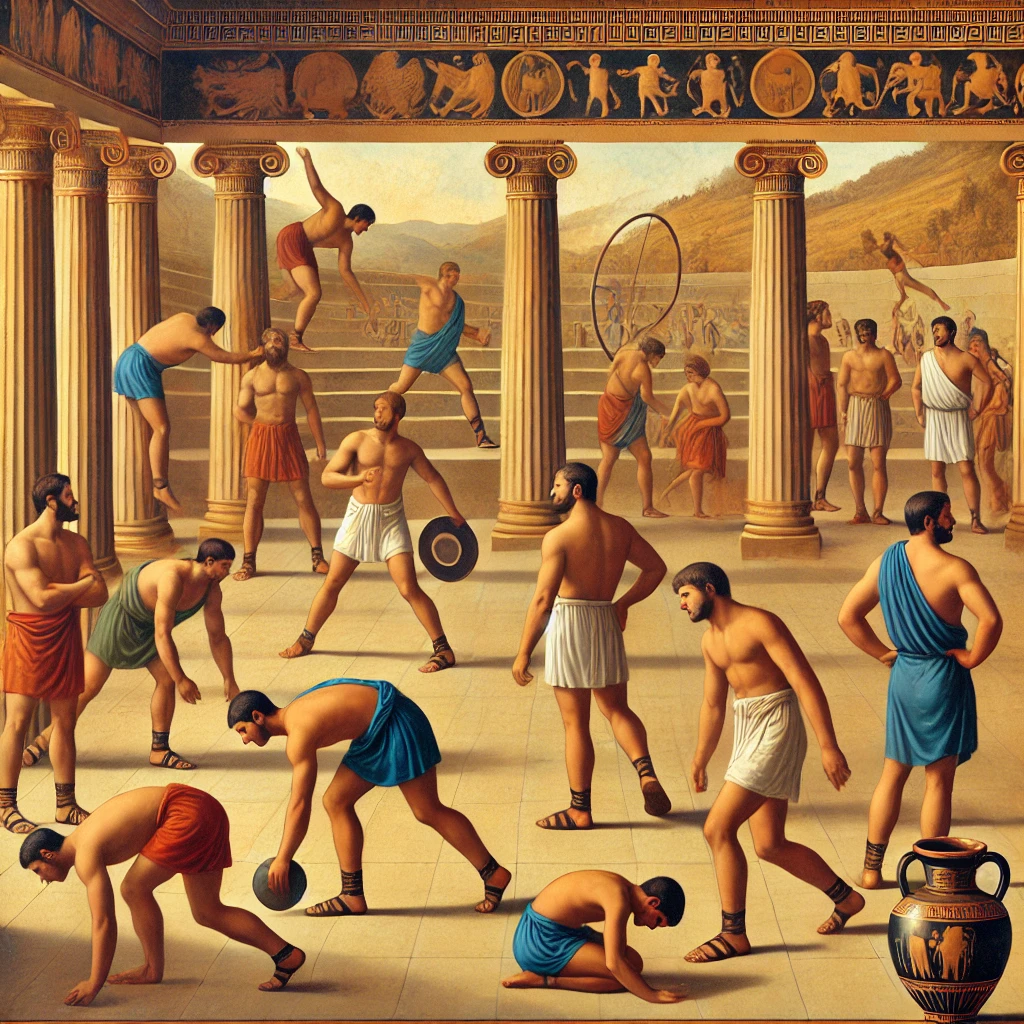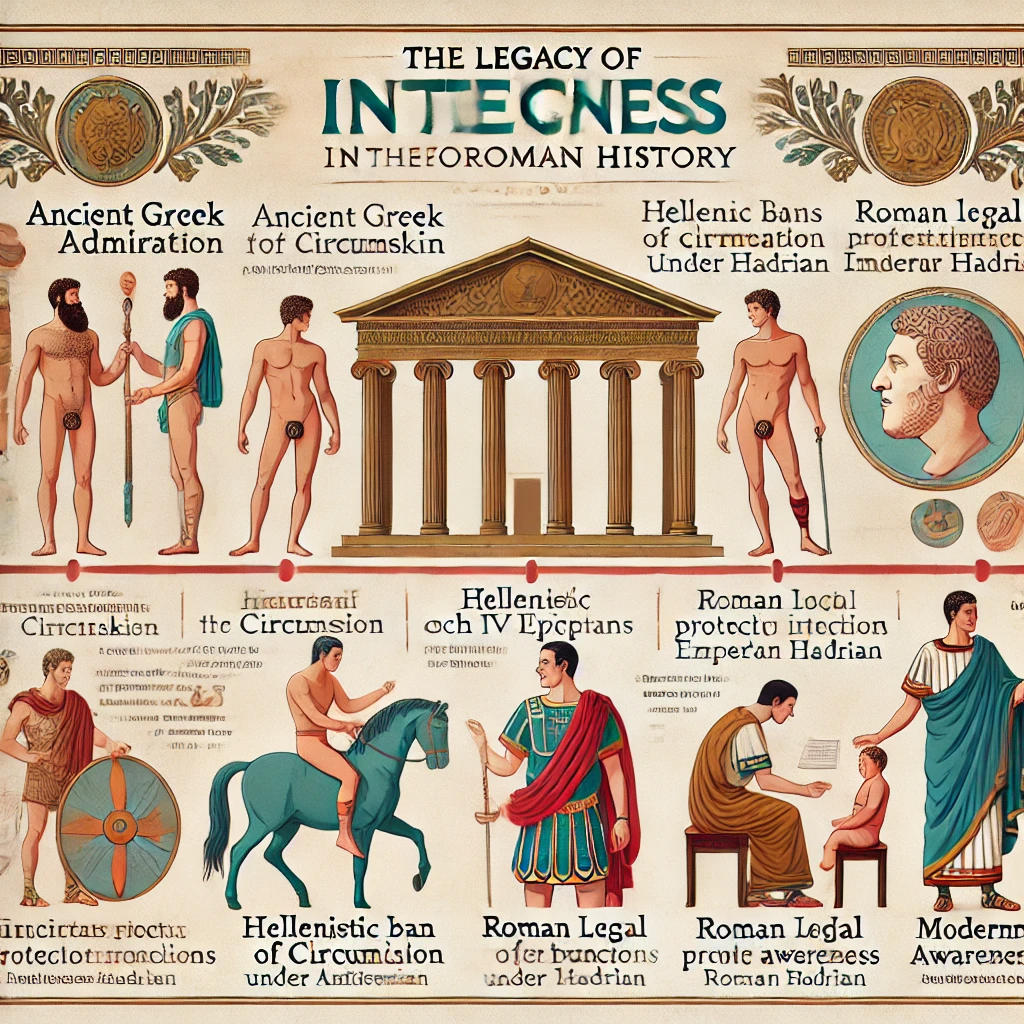The Greek and Roman Reverence for the Foreskin: A History of Intact Values
The Greek and Roman Reverence for the Foreskin: A History of Intact Values
Written By: ✌️💚🥑🍌 𝘼𝙫𝙤𝙘𝙖𝙙𝙤𝙅𝙖𝙮23 | 𝘼𝙙𝙫𝙤𝙘𝙖𝙩𝙞𝙣𝙜𝘼𝙫𝙤𝙘𝙖𝙙𝙤
Introduction
Throughout history, different cultures have held varying beliefs about the male body, with some viewing it as sacred in its natural form while others practiced rituals of modification. Among the ancient civilizations that highly valued the intact male body, the Greeks and Romans stand out. For them, the foreskin was more than just anatomy—it was a symbol of beauty, masculinity, and cultural identity.
In this article, we explore how the Greeks revered the foreskin, opposed circumcision, and even banned its removal, followed by the Roman enforcement of intactness through legal bans on circumcision to preserve the integrity of the male body.
⸻
The Greeks: Champions of the Intact Male Form
The ancient Greeks saw the male body as a masterpiece of nature, and every part of it—including the foreskin—was considered an integral aspect of a man’s dignity, beauty, and social standing.
1. Gymnasia and the Celebration of the Foreskin
Greek culture placed great emphasis on athleticism and public nudity, particularly in gymnasia, where men trained and competed in the nude. An intact penis was considered a mark of physical perfection, and exposure of the glans was seen as indecent or even shameful.
To uphold this standard:
• Athletes and men of high status were expected to have a well-formed, elongated foreskin.
• The kynodesme, a thin leather cord, was used to tie and secure the foreskin, ensuring the glans remained covered during athletic events.
• Artistic depictions of the male form in Greek sculpture consistently showed men with long foreskins, reinforcing the cultural ideal.
Additionally, men who had been circumcised—whether due to foreign customs or personal circumstances—often underwent foreskin restoration procedures, known as epispasm, to reclaim their natural state and conform to Greek beauty standards.[1]
2. Circumcision as a Foreign and Barbaric Practice
The Greeks viewed circumcision as a mutilation of the natural male form, associating it with foreign cultures such as the Egyptians and some Semitic groups.
Greek philosophers, physicians, and artists all upheld the belief that the body was meant to remain whole, and any alteration was seen as an affront to nature and aesthetics.
3. The Greek Ban on Circumcision
To protect the intactness of the male body, Greek rulers outlawed circumcision in regions they controlled. A key example of this was the Seleucid Empire, a Hellenistic Greek kingdom that ruled over territories where circumcision was practiced.
• Antiochus IV Epiphanes (r. 175–164 BCE), a Hellenistic king, issued a strict ban on circumcision, enforcing the Greek ideal of the natural male form.
• Hellenized regions, particularly in the eastern Mediterranean, actively discouraged and prohibited circumcision as a means of preserving Greek customs and aesthetics.
The Greeks took their stance seriously. Not only did they ban circumcision, but men who had undergone the procedure sought foreskin restoration techniques (epispasm) to regain their natural anatomy and conform to Greek ideals.[2]
⸻
The Romans: Legal Enforcers of Intactness
The Romans initially shared many of the Greek values regarding the male body, including a strong preference for the intact foreskin as a symbol of wholeness, health, and dignity. As Roman influence spread, so did their commitment to ensuring the natural male form remained untouched.
1. The Foreskin as a Mark of Roman Identity
While Rome was a diverse empire that absorbed various cultural practices, the core Roman view remained aligned with Greek beliefs:
• The natural, intact male body was ideal and preferred in Roman baths, military camps, and arenas.
• Roman art and sculpture, like Greek art, depicted men with intact foreskins, reinforcing the cultural standard.
• Circumcision was seen as an unnecessary alteration that violated the Roman ideals of bodily integrity and wholeness.
2. The Roman Ban on Circumcision
To maintain the integrity of the male body, the Romans legally banned circumcision. The most notable enforcement came under Emperor Hadrian (r. 117–138 CE), who implemented a strict law prohibiting the practice outright. His successor, Antoninus Pius (r. 138–161 CE), upheld laws against circumcision, reaffirming Rome’s stance that the male body should remain intact.[3]
By instituting these legal bans, the Romans ensured that the practice of circumcision was eliminated within their jurisdiction, reinforcing their commitment to bodily integrity.
⸻
Conclusion: A Legacy of Intact Values
Both the Greeks and Romans upheld the foreskin as a symbol of masculinity, health, and aesthetic perfection. Their deep reverence for the intact male body led to cultural, social, and even legal opposition to circumcision, ensuring that men remained whole and unaltered.
Their influence lasted long beyond their empires, as the value placed on the natural male form shaped artistic, medical, and philosophical views on the human body for centuries to come. This was not merely a preference, it was a societal expectation, a legal enforcement, and a cultural truth. Today, their historical stance serves as a powerful reminder that the body is inherently complete and should be respected, preserved, and never altered without consent.
⸻
✅ “The Greeks and Romans knew the truth—intact is natural, whole, and perfect.”
✅ “History remembers: The foreskin was a mark of beauty, strength, and integrity.”
✅ “From ancient gymnasia to Roman law—intactness was the standard, circumcision was the exception.”
✅ “A history of wholeness: The Greeks and Romans defended the natural body.”
✅ “Nature designed it. The ancients valued it. Respect the body, protect the foreskin.”
✅ “If the greatest minds of Greece and Rome rejected circumcision, why is it still debated today?”
✅ “The foreskin: Respected by history, essential for the future.”
⸻
🔹 Key Takeaways: The Greek & Roman Stance on the Foreskin
🌿 The Greeks: Protectors of the Natural Male Form
• The Greeks revered the intact male body and saw the foreskin as aesthetic, natural, and dignified.
• In Greek gymnasia, nudity was common, but exposing the glans was considered improper—men even used the kynodesme to keep their foreskins covered.
• Greek art and philosophy celebrated the foreskin as a sign of masculinity and health.
• Hellenistic rulers saw circumcision as foreign and unnatural, leading to strict bans in certain regions.
• Men who were circumcised sought foreskin restoration (epispasm) to conform to Greek beauty standards.
⚔️ The Romans: Legal Enforcers of Intactness
• Romans, like the Greeks, valued the natural male form and viewed circumcision as unnecessary mutilation.
• Roman bathhouses, statues, and military traditions reinforced the ideal of an intact body.
• The Roman Empire banned circumcision under Emperor Hadrian and upheld these laws under Antoninus Pius to preserve bodily integrity.
• Roman law enforced bodily integrity, banning circumcision to preserve wholeness and health.
• Roman law upheld intactness as the standard, reinforcing the belief that the body was meant to remain whole.
🔹 The Legacy of Intact Values
• Both the Greeks and Romans opposed circumcision and sought to protect the natural male body.
• Their influence shaped Western attitudes toward bodily integrity for centuries.
• The foreskin was seen as a symbol of strength, masculinity, and aesthetic perfection—not something to be removed.
• Today, their perspective serves as a historical precedent for the importance of bodily autonomy and natural wholeness.
“Respect history. Respect the body. Keep it whole.”
History tells us that the foreskin was revered, protected, and legally defended. Why should today be any different? Share this article and continue the fight for bodily integrity!
⸻
Personal Reflection: A Lost Legacy of Integrity
Researching and writing about Greek and Roman history has been a truly fascinating journey. It’s incredible to see how these ancient civilizations valued the natural male body, viewing it as something to be admired, protected, and preserved. Their commitment to bodily integrity, whether through cultural norms, artistic depictions, or even legal bans on circumcision, reflects a deep respect for what nature intended.
I can’t help but wonder what the world would look like today if these values had been carried forward into modern times—especially in America, where bodily autonomy should be a fundamental principle. Instead, we live in a society where a practice once banned by the greatest civilizations of antiquity has become normalized without question.
If the Greeks and Romans—two of the most influential cultures in Western history—revered intactness, why didn’t we continue that legacy?
History teaches us that what is natural is never flawed, and what is whole needs no correction. Perhaps it’s time we reclaim this wisdom and respect the body as it was meant to be.
Footnotes & References
[1] Hodges, Frederick M. The Ideal Prepuce in Ancient Greece and Rome: Male Genital Aesthetics and Their Relation to the Restoration of the Foreskin. The Bulletin of the History of Medicine, 2001.
[2] Hall, Edith. The Greeks and Their Legacy: Foreskin as a Cultural Ideal. Oxford University Press, 2005.
[3] Goodman, Martin. Rome and the Jews: The Clash of Ancient Civilizations. Vintage, 2007.
⸻
🌀 Historical & Educational Hashtags
#HistoryMatters
#AncientHistory
#HistoricalFacts
#HistoryRepeatsItself
#AncientWisdom
#MedicalHistory
#TheMoreYouKnow
#DidYouKnow
⚔️ Greek & Roman-Specific Hashtags
#GreekHistory
#RomanHistory
#AncientGreece
#AncientRome
#GreekCulture
#RomanEmpire
#GreekPhilosophy
#HellenisticWorld
#GrecoRomanCulture
#GymnasiumCulture
🔹 Foreskin & Cultural Significance Hashtags
#ForeskinHistory
#UncutTruth
#ForeskinForTheWin
📢 Engagement & Awareness Hashtags
#BreakingTheSilence
#InformedConsent
#BoysDeserveBetter
#TruthHurtsButHeals
#NoConsentNoCut
#KnowYourHistory










📢 Want to Know the Truth?
👉 Watch Now: The Truth About Circumcision
Eric Clopper’s explosive, eye-opening presentation exposes the hidden truths about circumcision, its impact on men’s health, and the medical industry’s role in promoting it. If you care about bodily autonomy and human rights, this is a must-watch.
🔗 Sex & Circumcision: An American Love Story – Eric Clopper
🔗 https://youtu.be/FCuy163srRc?si=-I0uSf9MEV06bvY9
Comments
Post a Comment